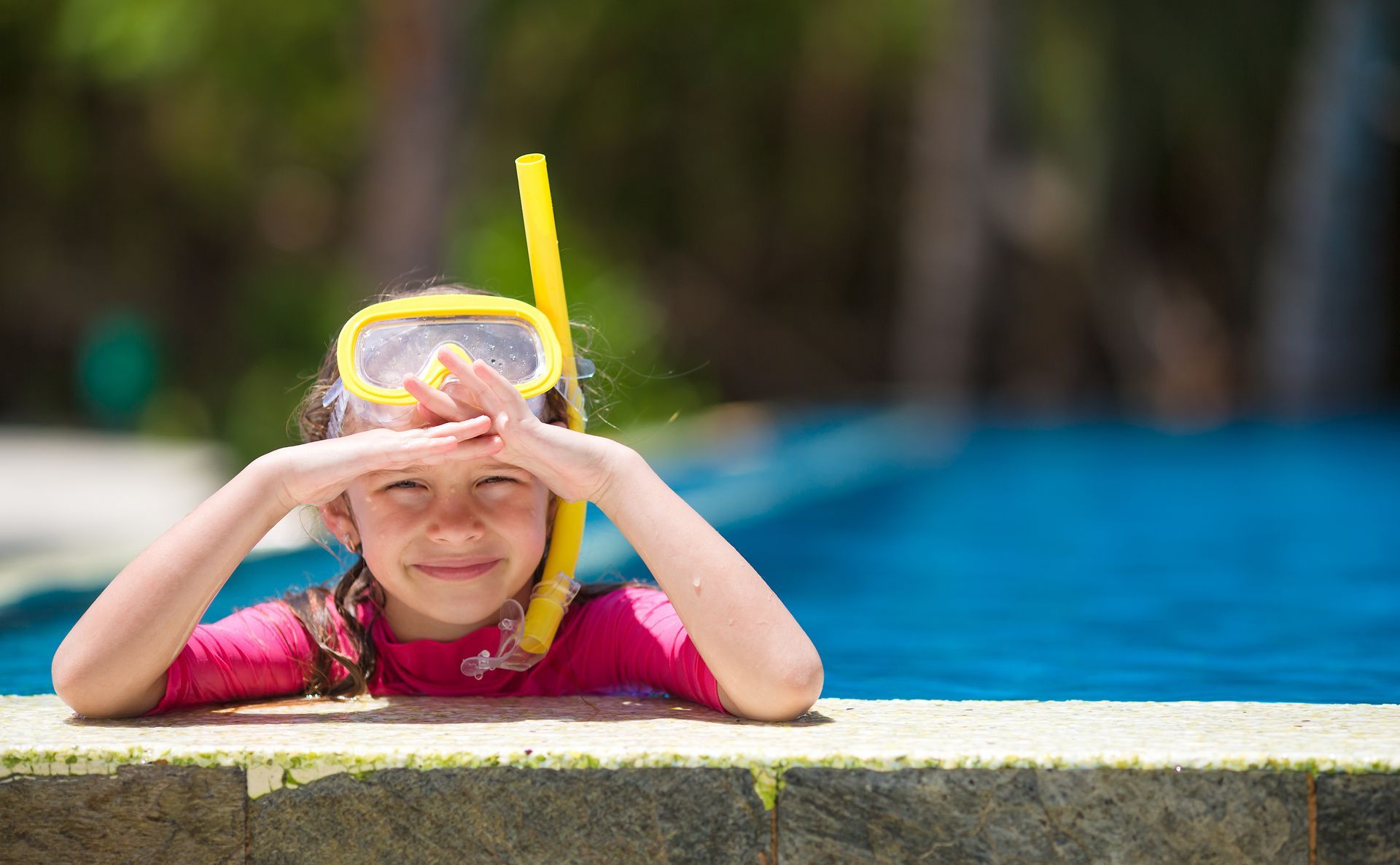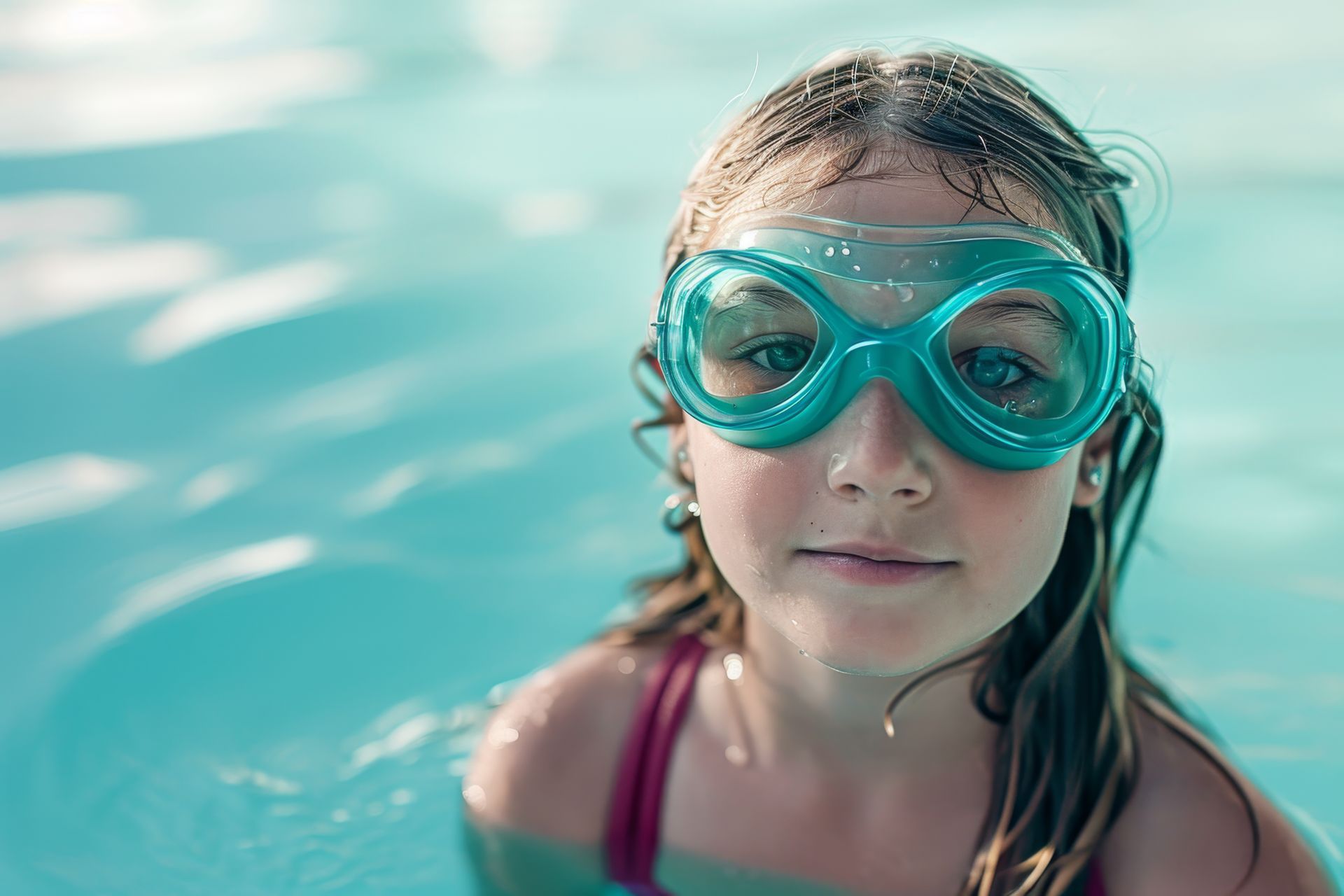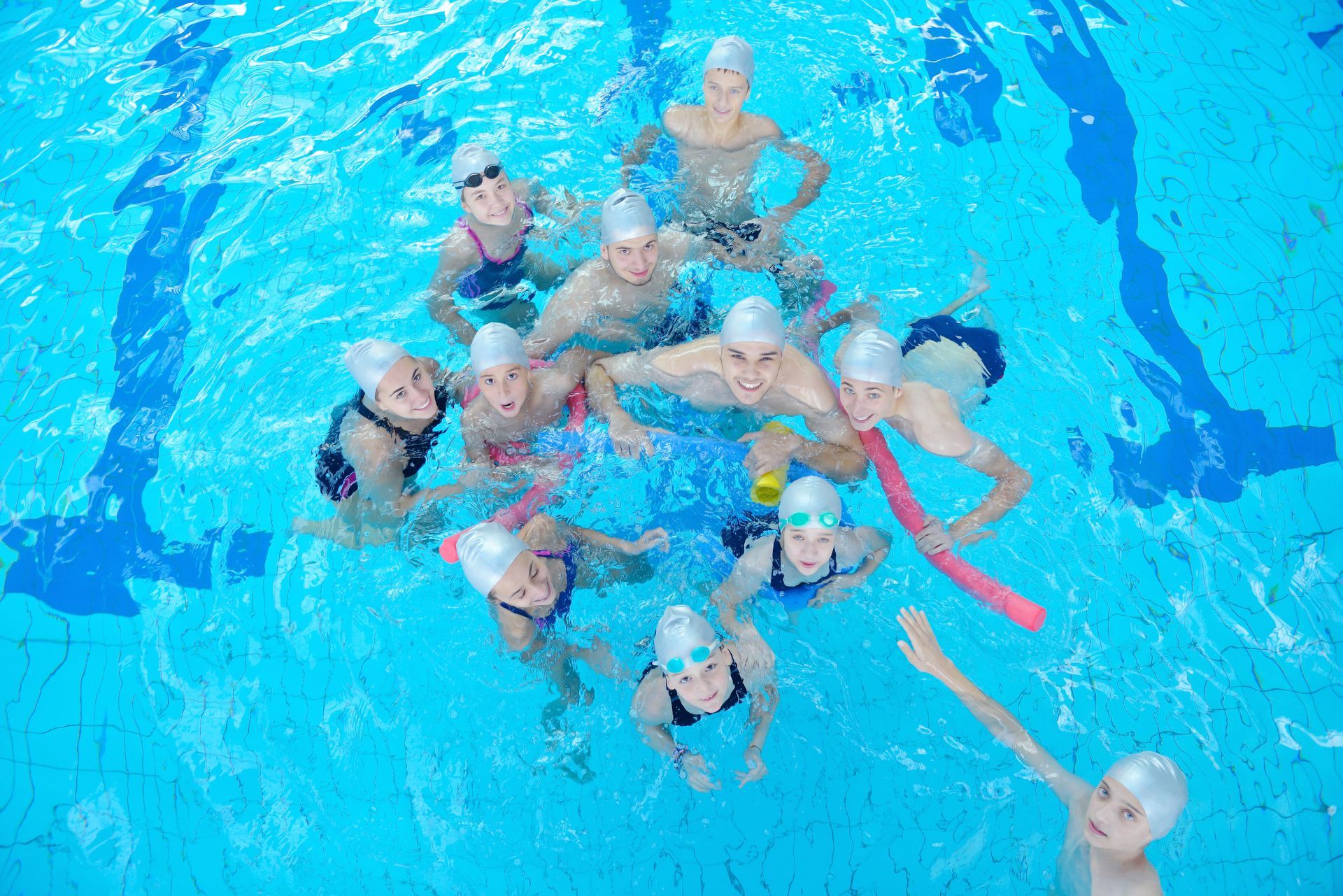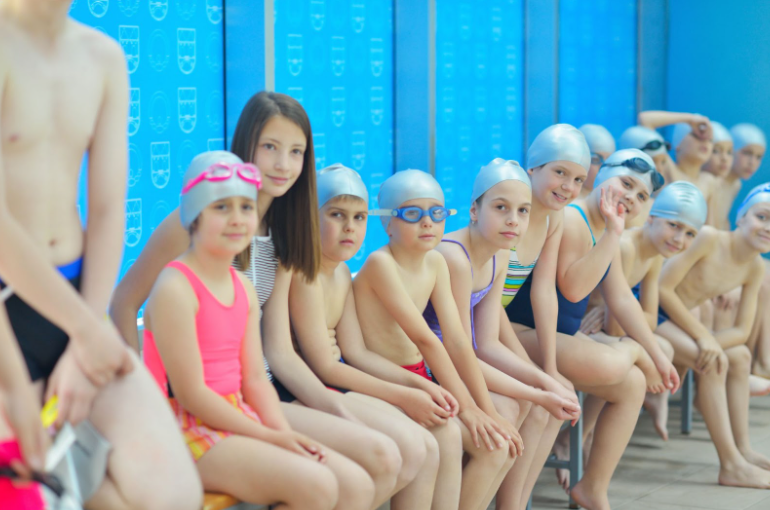Safe Swimming: Mastering Ocean Currents and Family Beach Safety

A beach day offers families a chance to relax, play, and swim in the ocean's expansive waters. However, the forces beneath the waves, particularly ocean currents, demand respect and understanding to ensure a safe and enjoyable visit. This post aims to equip beachgoers with knowledge about the different types of ocean currents and how to effectively deal with them, emphasizing the value of swimming in areas monitored by lifeguards and sharing tips for family beach safety.
Recognizing and Responding to Rip Currents
Rip currents, powerful channels of water flowing away from shore, are one of the most well-known and misunderstood ocean phenomena. Often mistakenly called "rip tides," they can pull even the strongest swimmers out to sea. Identifying a rip current involves looking for clues such as a break in the wave pattern, a channel of churning, choppy water, a line of foam, seaweed, or debris moving steadily seaward, or a noticeable difference in water color.
If caught in a rip current, the key is to remain calm and conserve energy. Panicking and attempting to swim directly back to shore against the current can lead to exhaustion. Instead, swimmers should float and tread water, and when able, swim parallel to the shoreline until out of the current's grip before angling back to the beach.
Navigating Longshore Currents
Longshore currents run parallel to the beach and are generated by waves hitting the shore at an angle. While not typically as hazardous as rip currents, they can still pose risks, especially for those unfamiliar with their push. Swimmers should be aware of their movement along the coast and compensate by swimming at an angle towards the beach and away from the direction of the current.
Tidal Considerations for Swimmers
Tides, caused by the gravitational pull of the moon and sun, also affect ocean conditions. Strong tidal changes can impact the strength of coastal currents. Swimmers should be mindful of local tide schedules, as low and high tides can expose or submerge hazards like rocks and affect the force of waves and currents.
The Role of Lifeguards in Beach Safety
Lifeguard-patrolled beaches provide an additional layer of safety. Lifeguards are trained to spot and respond to dangerous conditions and distressed swimmers. They can also offer advice on where and when it is safest to swim. Families should choose to swim at beaches with lifeguard presence whenever possible and heed their warnings and regulations.
Strategies for Safe Family Swimming
When families gather at the beach, keeping everyone safe in the water is paramount. A few key strategies include:
- Establishing a buddy system ensures no one swims alone, and everyone is accountable for another member of the group.
- Setting up a beach base near a lifeguard station provides a visible landmark for family members and ensures quick access to professional help if needed.
- Teaching children about ocean currents and how to spot them builds their awareness and respect for the water.
- Swimming in designated areas reduces the risk of encountering unexpected currents or marine life.
- Educating the entire family on the proper response if caught in a current can prepare even young swimmers for unforeseen events.
Preparing for the Ocean Environment
Preparation is crucial for beach safety. Families should research the specific beach they plan to visit, looking into its typical ocean conditions, weather forecasts, and any recent warnings about currents. Additionally, parents can enroll children in swimming lessons that specifically address open water skills and safety.
Equipment for Ocean Safety
The right equipment can also enhance safety in the ocean. For children and less confident swimmers, appropriate floatation devices approved for open water use are valuable. Surfboards and bodyboards with leashes can help swimmers stay afloat and provide something to hold onto if they encounter a strong current.
Implementing Safety Checkpoints
Safety checkpoints throughout the day can keep family beach outings fun and secure. Regular breaks allow for rest and rehydration and provide an opportunity to reassess conditions and fatigue levels. Sun protection, including sunscreen, hats, and UV-protective clothing, prevents sunburn and heatstroke, which can compromise a swimmer's strength and cognition.
The vast ocean beckons with its waves and adventure, yet its currents beneath the surface hold power that demands respect. By understanding and preparing for ocean currents, families can safeguard their beach experience. Emphasizing the importance of swimming in lifeguard-patrolled areas and adopting safety measures ensures that the ocean remains a source of joy, not peril. With the right knowledge and precautions, families can embrace the thrill of the ocean while minimizing the risks, making memories on the shore that are both delightful and secure.
Don't let the fear of ocean currents keep you from enjoying the beauty of the beach! We offer comprehensive swimming and safety courses designed to equip you with the knowledge and skills needed to navigate and enjoy the water safely. Contact us started today! Whether you're a beginner or looking to refine your techniques, our certified instructors are here to help.







